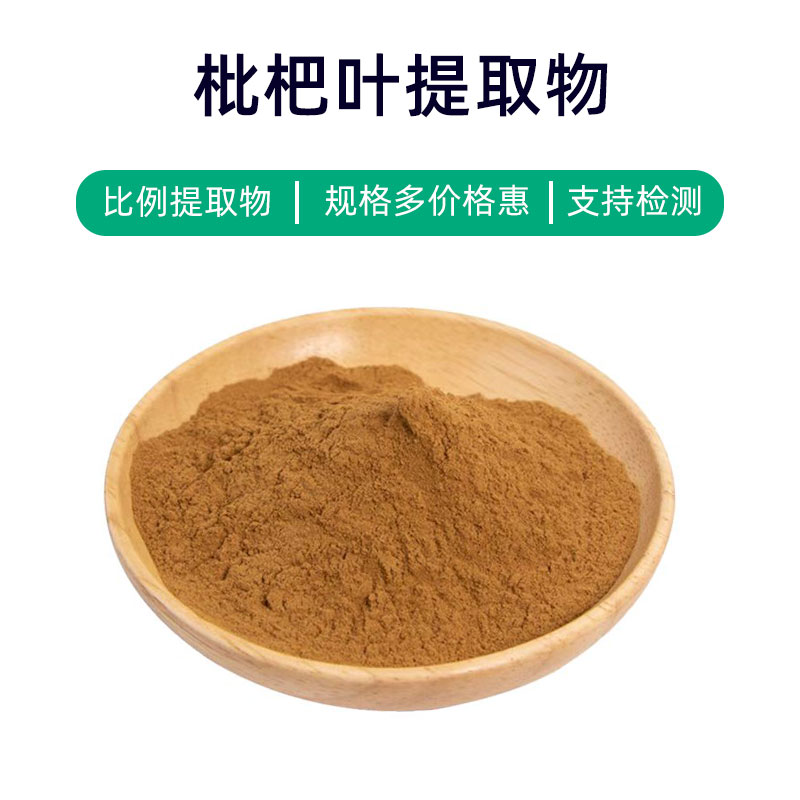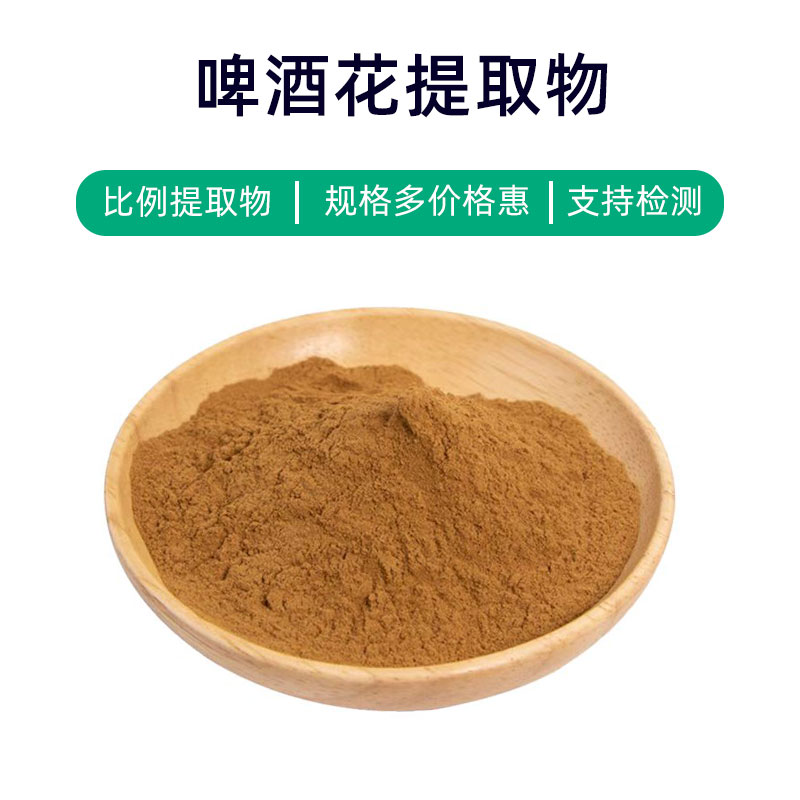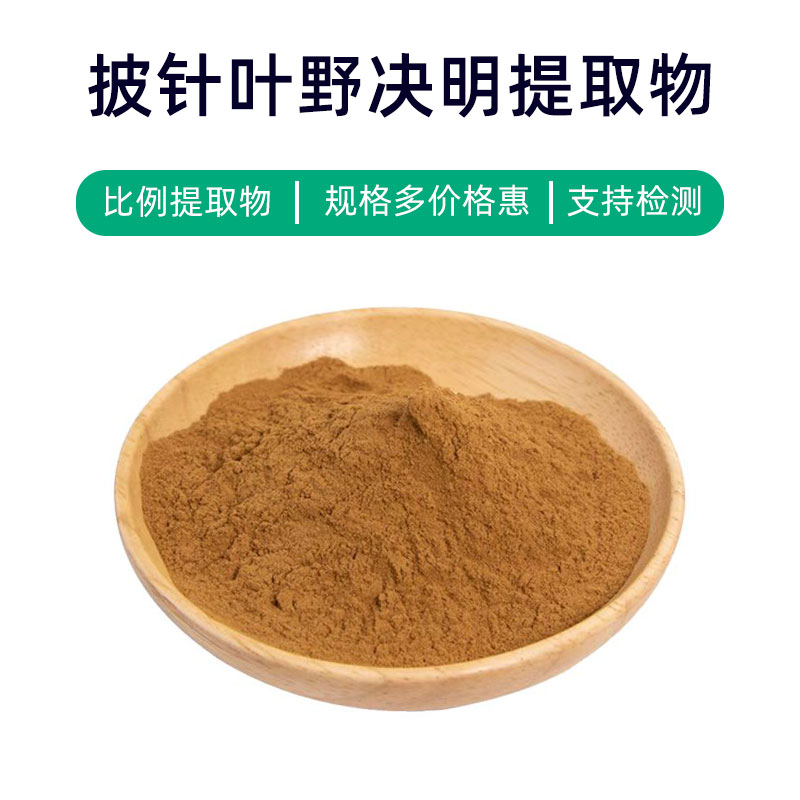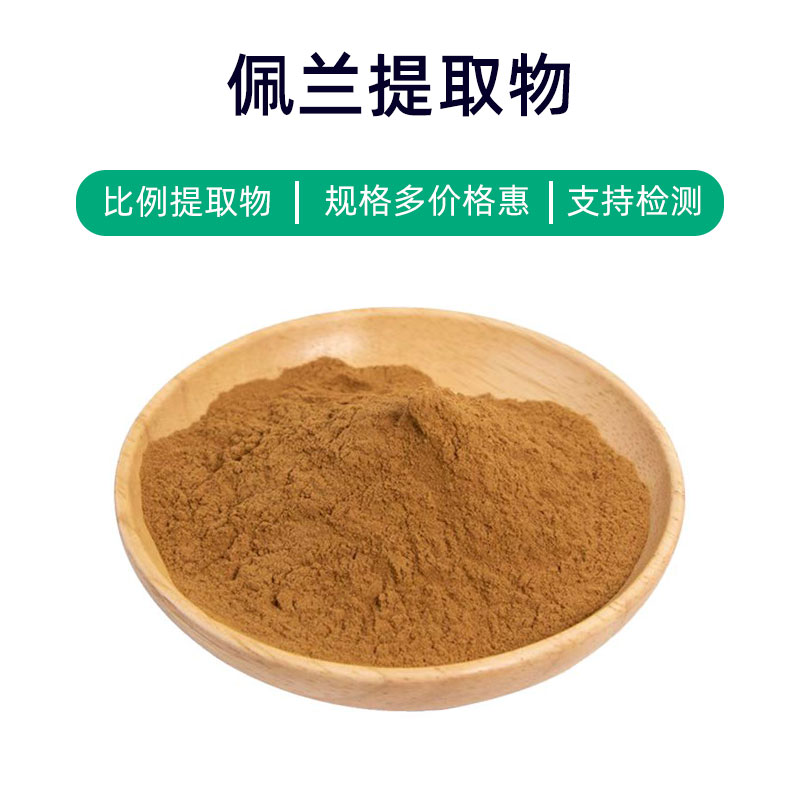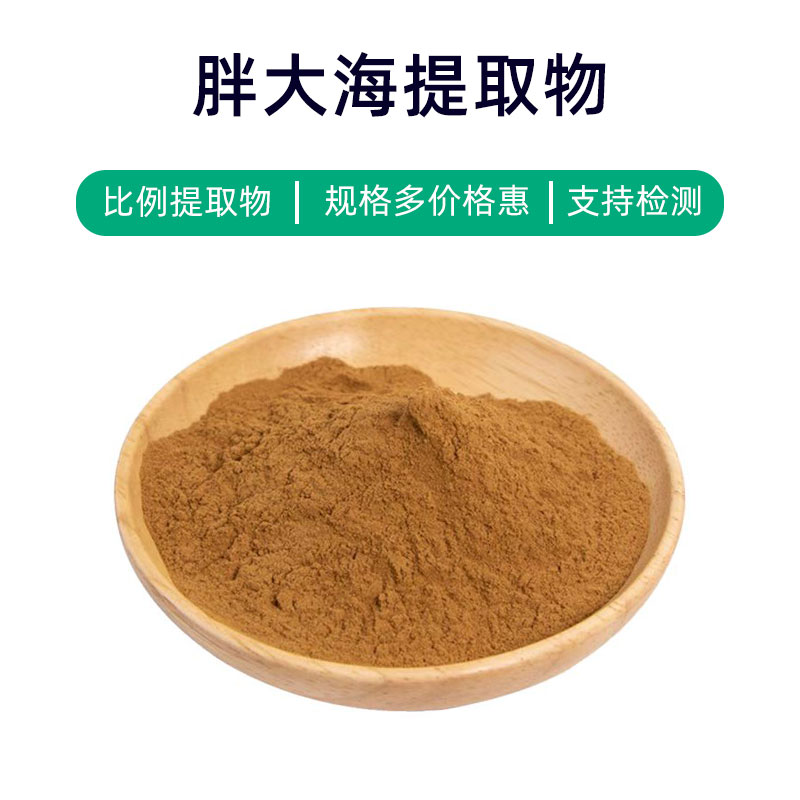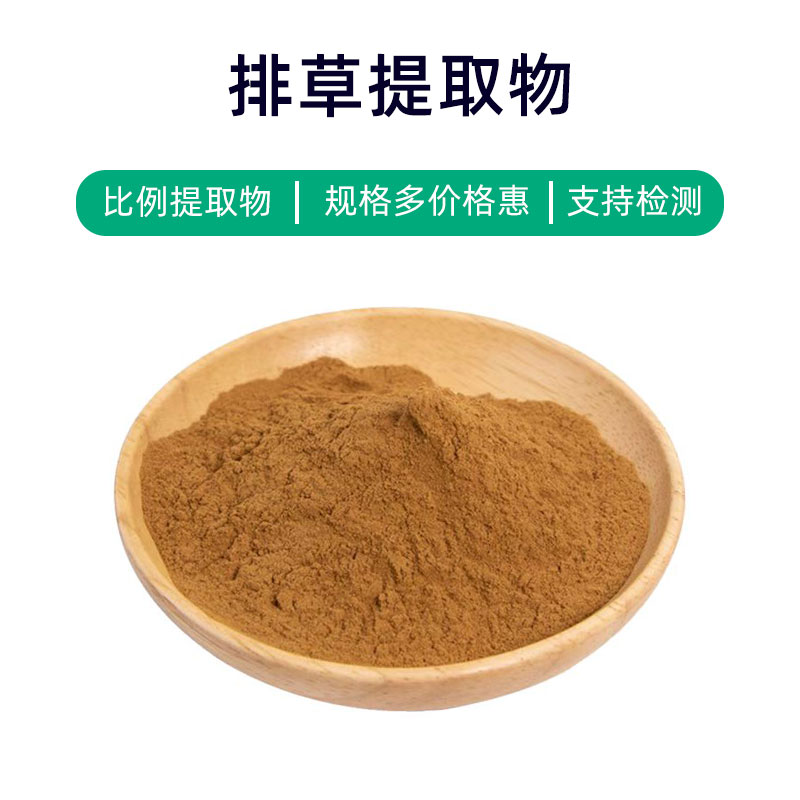Walnut Kernel Extract Product Introduction
Walnut kernel extract is a natural plant extract obtained from the fruit of the walnut tree. Its main components include walnut polyphenols, walnut alcohol, and several other bioactive substances. These components have powerful antioxidant properties, helping to neutralize free radicals, slow down cell aging, and protect cells from oxidative damage.
Walnut kernel extract is widely used in health products, pharmaceuticals, and cosmetics. In health products, it is often used to improve cardiovascular health, lower cholesterol levels, and promote blood circulation. In the pharmaceutical field, it is studied for its potential in treating chronic diseases such as diabetes and hypertension, with certain blood sugar and blood pressure-lowering effects. Additionally, walnut kernel extract is commonly found in cosmetics, where it can moisturize skin, provide anti-aging benefits, and improve skin tone, making it one of the essential ingredients in many skincare products.
Overall, walnut kernel extract offers a range of benefits, including antioxidant protection, cardiovascular health maintenance, blood sugar regulation, blood pressure control, and anti-aging properties, and has broad application prospects in health products, pharmaceuticals, and cosmetics.
Production Process of Walnut Kernel Extract
The production process of walnut kernel extract typically includes the following steps:
- Raw Material Collection and Processing: First, mature walnut fruits are selected, and the shells are broken open to retrieve the walnut kernels. The kernels undergo cleaning and impurity removal to ensure the quality of the extract.
- Extraction Process: Appropriate solvents (such as ethanol or water) are used to soak or extract the walnut kernels. At suitable temperatures, effective components from the kernels are dissolved into the solvent through the soaking process.
- Filtration and Concentration: The extract is filtered to remove impurities and solid particles. Subsequently, distillation or concentration techniques are employed to evaporate or concentrate the solvent from the extract, resulting in a concentrated walnut kernel extract.
- Drying and Milling: The concentrated extract is dried to remove residual moisture, yielding a dry walnut kernel extract. The dried extract is then milled into a fine powder.
- Packaging and Storage: Finally, the walnut kernel extract is packaged, typically in sealed containers to prevent moisture or oxidation. It should be stored in a dry, cool environment, away from direct sunlight to ensure product quality and stability.
The entire production process requires strict control of various parameters to ensure the quality and stability of the extract, satisfying the needs of different industries for walnut kernel extract.
Effects and Side Effects of Walnut Kernel Extract
Walnut kernel extract has various effects and functions, mainly originating from its rich nutrient content and bioactive substances. The key effects include:
- Antioxidant Effects: Walnut kernel extract contains abundant polyphenolic compounds and vitamin E, which help neutralize free radicals, reducing oxidative stress on the body and aiding in the prevention of aging and protection of cardiovascular health.
- Cholesterol Reduction: Components like phytosterols in walnut kernel extract can help lower LDL (low-density lipoprotein) cholesterol levels in the blood while increasing HDL (high-density lipoprotein) cholesterol levels, benefiting cardiovascular health.
- Digestive Aid: Walnut kernel extract is rich in dietary fiber and natural enzymes, promoting intestinal motility and improving digestive function, alleviating issues like constipation and indigestion.
- Cognitive Improvement: Studies suggest that some components in walnut kernel extract can enhance brain circulation, improve memory and cognitive function, aiding in better learning and work efficiency.
- Anti-inflammatory Effects: Certain bioactive components in walnut kernel extract possess anti-inflammatory properties, reducing inflammation responses and relieving symptoms of inflammatory diseases like arthritis and inflammatory bowel disease.
- Blood Sugar Regulation: Some components in walnut kernel extract are believed to help regulate blood sugar levels, reducing the risk of metabolic diseases like diabetes.
- Skin Improvement: Components like vitamin E in walnut kernel extract have moisturizing and nourishing effects on the skin, helping to address dryness and roughness and maintain skin health.
While walnut kernel extract has many benefits, it is essential to use it in moderation, as excessive intake may lead to digestive issues or allergic reactions. Consulting a healthcare professional before use and following their guidance is recommended.
Application Scenarios and Dosages for Walnut Kernel Extract
Walnut kernel extract has extensive applications in the pharmaceutical, food, and cosmetic fields. The following focuses on its usage and dosages in these three areas:
- Pharmaceutical Applications:
- Usage: Walnut kernel extract is often used to prepare medications for the auxiliary treatment of cardiovascular diseases, inflammatory diseases, etc.
- Dosage: Typically used as a raw material in medication, dosage adjusted based on a doctor's prescription.
- Food Applications:
- Usage: Walnut kernel extract can be used as a food additive for flavoring, aroma enhancement, and nutritional value addition.
- Dosage: Added according to food processing needs, generally following food additive regulations, usually 1-5 grams per 100 grams of food.
- Cosmetic Applications:
- Usage: Walnut kernel extract is commonly included in skincare products, shampoos, etc., offering moisturizing, nourishing, and antioxidant properties.
- Dosage: Incorporated in formulas in suitable amounts, typically 1-5% of the total product formulation.
In addition to the main application scenarios mentioned, walnut kernel extract can also be used in the preparation of health products, massage oils, and more. When using it, it is important to follow relevant safety guidelines to avoid excessive or long-term use that may lead to side effects. It is advisable to read product instructions carefully or consult professionals before use.
Plant Source of Walnut Kernel Extract: Introduction, Distribution, and Growth Environment
The plant source of walnut kernel extract is the walnut tree (scientific name: Juglans regia), which belongs to the walnut family (Juglandaceae) and is a tree species. Below is a detailed introduction to the walnut tree's characteristics, distribution, and growth environment:
- Plant Introduction:
- The walnut tree is a large, upright evergreen or semi-evergreen tree with a broad crown. Its bark is gray-brown or dark brown. The leaves are odd-pinnate compound leaves, elongated with wavy edges. The flowering period is from April to May, with small, sparse flowers; male flowers are in spikes, and female flowers are solitary, displaying clear dioecious characteristics. The fruit is a spherical nut with a hard shell, with an outer layer that is green or brown, and the inner kernel is the walnut.
- Distribution:
- The walnut tree is native to Europe and Western Asia, mainly found along the Mediterranean coast, in Southwest Asia, and Central Asia. It has now been introduced worldwide, including regions in Europe, Asia, North America, and Australia.
- Growth Environment:
- The walnut tree has strong adaptability to growth environments, typically thriving in temperate and subtropical regions at varying altitudes from low to mid-elevation. It does not have strict soil requirements but prefers loose, fertile, and well-drained soils, ideally with a pH between 6.5 and 7.5. The tree requires ample sunlight and grows best in temperatures ranging from 15°C to 30°C. It has some cold resistance but cannot withstand severe winter conditions. In addition to temperature and soil, the growth of the walnut tree is also influenced by rainfall and humidity, favoring moist environments.
Overall, the walnut tree is a highly adaptable plant, commonly found across different environments globally, thanks to its strong adaptability to soil and climate conditions.
Processing and Storage of Walnut Kernel Extract
The processing of walnut kernel extract typically includes the following steps: first, selecting and washing raw materials to ensure high-quality walnut kernels are used and thoroughly cleaned; next is grinding and crushing the cleaned kernels to facilitate the extraction process; then, the extraction process utilizes suitable solvents or extraction methods, such as water or alcohol extraction, to obtain the effective components from the kernels; finally, concentration, filtration, and drying are performed to concentrate, filter the extracted liquid, and ultimately dry it for storage.
For storage, walnut kernel extract should be kept in a cool, dry, well-ventilated environment, away from direct sunlight and high temperatures to avoid moisture. It is recommended to use sealed containers for storage and regularly check the appearance and texture of the extract to ensure there are no off-odors, discoloration, or clumping. Proper storage methods can prolong the shelf life of walnut kernel extract and maintain the stability of its active components.
Monica Sun is a seasoned expert in the plant extraction industry with over a decade of experience in research and production. She specializes in the extraction and purification of plant active ingredients, focusing on driving innovation in natural product applications. Monica has participated in the development of multiple functional plant extracts, delivering high-value natural raw material solutions for the health food, pharmaceutical, and dietary supplement sectors.









